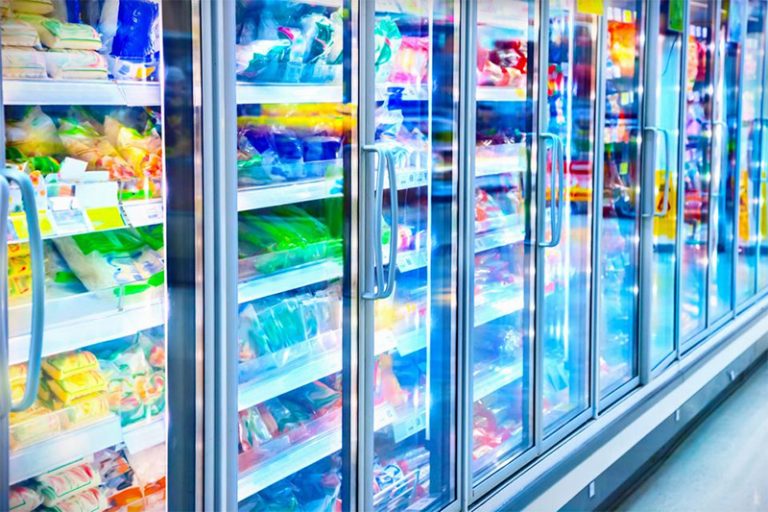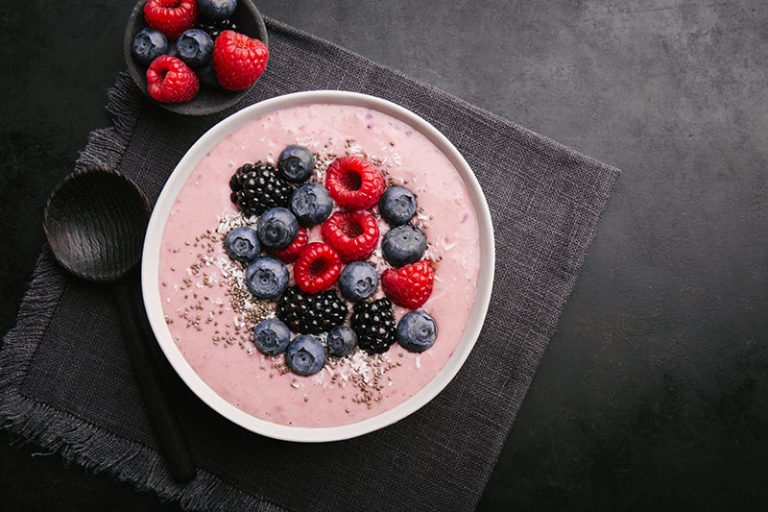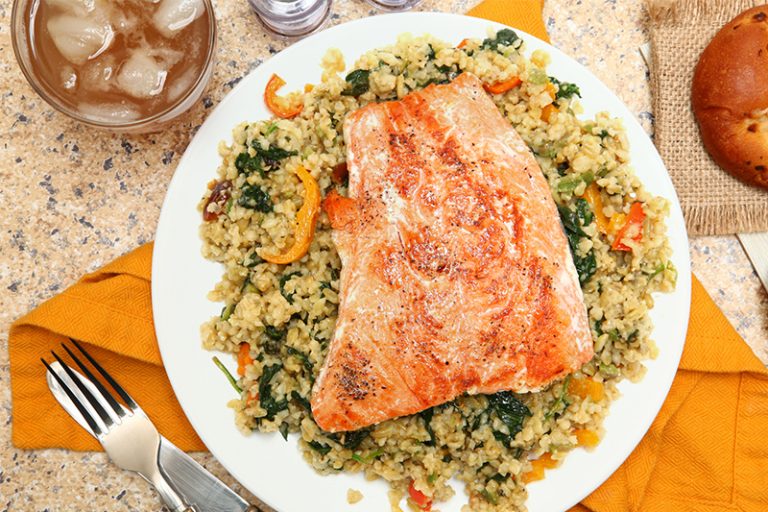
Frozen Food Demand Holds at Very High Levels
Frozen foods proved to be a pandemic powerhouse in 2020, when concerned consumers stockpiled their freezers with longer shelf items during the height of lockdowns. While consumer concern is declining as the number of new COVID-19 cases decrease, frozen food




